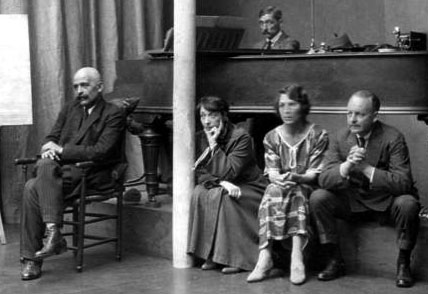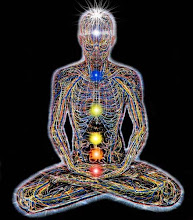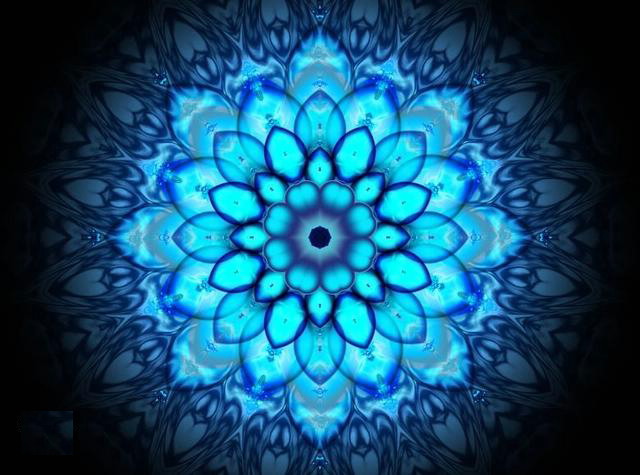
viernes, 19 de septiembre de 2008
Movimientos de Gurdjieff
GURDJIEFF MOVEMENTS
AND SACRED DANCES
GURDJIEFF MOVEMENTS
Sacred Dances are essentially a mode of communication. They can transmit a universal language that promotes a deeper understanding of being.
The Movements created by Gurdjieff are uniquely his own and are a spiritual legacy of incalculable significance.
HISTORY
The Movements were created by Gurdjieff during the period of his life from:
The early Movements - 1918 until 1924
The later Movements - 1939 until 1949.
Gurdjieff Movements can be divided into seven categories:
-Rhythms
-The six 'Obligatories'
-Ritual exercises
-Woman Dances
-Men's ethnic dances-'dervish' and Tibetan
-Sacred temple dances and Tableaux
-Thirty-nine Series of Movements (partially eneagrammatic series)
The early Movements he created are all in the first six categories, and they were performed on stage in 1923 in Paris and in 1924 in America.
The later Movements are all in the last category or the Thirty-nine Series. These are a selection made by Gurdjieff out of exercises given by him during the last period of his life, from 1939 until his death in 1949.
Gurdjieff taught movements classes for different groups of people almost everyday, as he was approaching the last decade of his life until his death.
Today his 250 or so assembled 'Movements' represent to many of us the Work's immaculate heart
"Sacred dances convey certain beliefs and truths and transmit various kinds of energies to people."
"The innermost use of Sacred Dances is where it is not for oneself, as in one's own training and development, not for others, where it is for manifestation and transmission, but an act of worship. One dances for God, or for the Sacred Image in which one believes. When the dance is in this form it is truly sacred and lifts people into communion. This is the purpose of it. " J.G.Bennett
AND SACRED DANCES
GURDJIEFF MOVEMENTS
Sacred Dances are essentially a mode of communication. They can transmit a universal language that promotes a deeper understanding of being.
The Movements created by Gurdjieff are uniquely his own and are a spiritual legacy of incalculable significance.
HISTORY
The Movements were created by Gurdjieff during the period of his life from:
The early Movements - 1918 until 1924
The later Movements - 1939 until 1949.
Gurdjieff Movements can be divided into seven categories:
-Rhythms
-The six 'Obligatories'
-Ritual exercises
-Woman Dances
-Men's ethnic dances-'dervish' and Tibetan
-Sacred temple dances and Tableaux
-Thirty-nine Series of Movements (partially eneagrammatic series)
The early Movements he created are all in the first six categories, and they were performed on stage in 1923 in Paris and in 1924 in America.
The later Movements are all in the last category or the Thirty-nine Series. These are a selection made by Gurdjieff out of exercises given by him during the last period of his life, from 1939 until his death in 1949.
Gurdjieff taught movements classes for different groups of people almost everyday, as he was approaching the last decade of his life until his death.
Today his 250 or so assembled 'Movements' represent to many of us the Work's immaculate heart
"Sacred dances convey certain beliefs and truths and transmit various kinds of energies to people."
"The innermost use of Sacred Dances is where it is not for oneself, as in one's own training and development, not for others, where it is for manifestation and transmission, but an act of worship. One dances for God, or for the Sacred Image in which one believes. When the dance is in this form it is truly sacred and lifts people into communion. This is the purpose of it. " J.G.Bennett
Suscribirse a:
Entradas (Atom)









